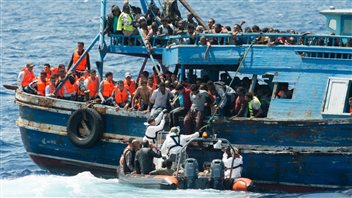
Horror was the initial reaction of a Canadian doctor when, on his first day at sea, he saw refugees in a sinking boat.
Dr. Simon Bryant volunteered with Médecins Sans Frontières (Doctors Without Borders) and spent several months on board a Canadian fishing boat transformed into a search-and-rescue vessel.
‘2,500 people on five wooden boats around us’
Within 24 hours of setting out, he and his crew took 369 refugees from the sinking boat on board. “I immediately understood the severity of their situation,” says Bryant. “Another day we came across not one, but five wooden boats. And so there we were with an empty horizon other than 2,500 people on five wooden boats around us.”
Listen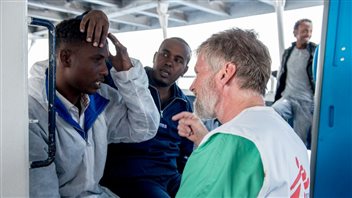
Doctor treated effects of torture, sexual violence
Bryant treated refugees with easy-to-resolve problems like sea sickness and cuts and scrapes. He also treated very serious cases, some he called tragic.
“There were the late effects of torture and injuries that people had sustained getting to Libya, before getting on the boats…Many of the women had been subjected to repeated…sexual violence along the way. We were able to treat for potential infections and offer some minimal counselling.”
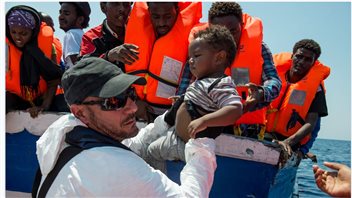
Refugees ‘euphoric’ on seeing land
The worst experience for Bryant was when patients died. The best was seeing the euphoria among refugees when they finally saw land. “They are so happy. They’re so relieved. And at that point, there’s no such thing as a border or a nationality. I felt we were all just human beings on board this ship.
“Here were people who would otherwise have died–some of them certainly–and here is dry land. We’re bringing them there. It is a very simple part of a very complicated situation.”
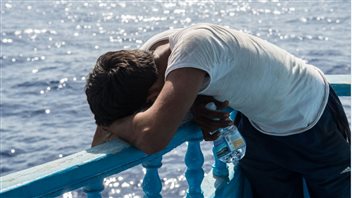
‘It’s a human situation’
Bryant is very impressed with the number of Canadians he has met since his return who are spontaneously sponsoring refugees. “It’s a global situation, not a European situation. It’s a human situation, not a government situation—a man-made humanitarian disaster and the most encouraging thing about it to me is how individual people respond to make a positive difference.”
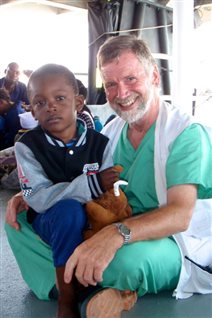
I pointed out to Bryant that he was one of those people.
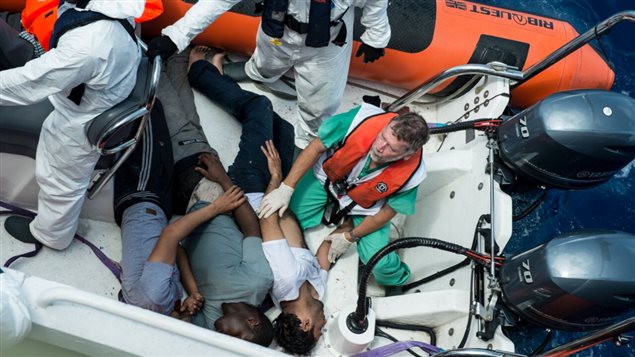






For reasons beyond our control, and for an undetermined period of time, our comment section is now closed. However, our social networks remain open to your contributions.